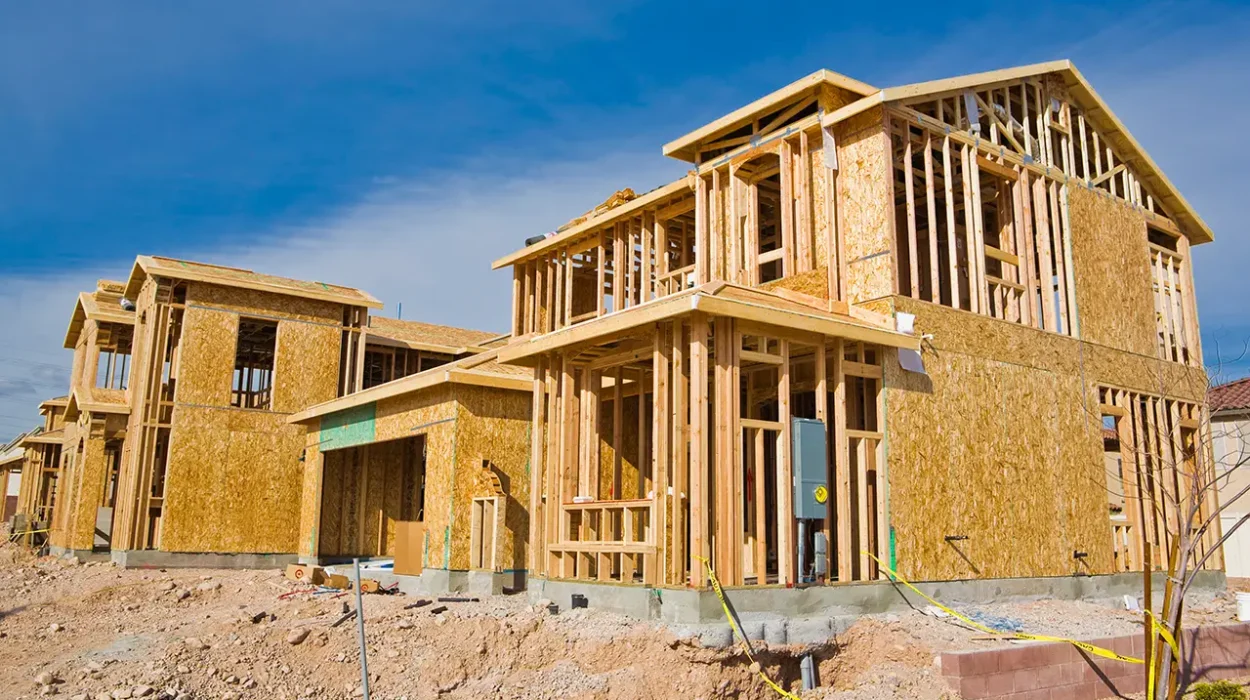If you want your property listings to do more than just sit on your site and collect dust, you need a content strategy behind them. A listing without context is just a page. But a listing supported by smart content — that’s a conversion tool, a ranking opportunity, and a lead magnet. And yes, it all starts with real estate SEO.
Today’s buyers and sellers are savvy. They’re not just browsing — they’re researching. And if your listings don’t show up in search or fail to create value beyond price and square footage, you’re invisible.
Let’s dive into how to create a winning content strategy that amplifies your listings and helps them rise above the noise.
1. Optimize Every Listing Page for Search
Before you even think about promotion, each individual listing page should be optimized for discoverability. Here’s what that means:
-
A unique, keyword-rich title
-
A compelling meta description that entices clicks
-
High-quality, labeled images with alt tags
-
Location-based keyword phrases (e.g., “3-bedroom home for sale in [neighborhood]”)
-
Fast load times, especially on mobile
Use primary keywords strategically, but don’t stuff them. Google values clarity and quality — and so do your prospects. A solid on-page foundation is the first step in any seo for real estate company campaign.
2. Add Local Context to Each Listing
Your listing isn’t just about the house — it’s about where it lives. Add 2–3 short paragraphs of content that highlight:
-
The neighborhood vibe
-
Local schools and amenities
-
Nearby parks, shops, or restaurants
-
Commute times or public transport access
This makes the listing feel more personal and helps the page rank for additional long-tail searches. For example, someone Googling “homes near [park] with large backyard” might land directly on your listing.
This extra content also supports your broader seo real estate marketing efforts by increasing topic relevance across your site.
3. Link Listings to Related Blog Content
Don’t leave your listings isolated. Use internal links to connect them to relevant blog posts like:
-
“Top 5 Family-Friendly Neighborhoods in [City]”
-
“Monthly Market Update – [Neighborhood] Edition”
-
“Staging Tips to Help Your Home Sell Fast in [Location]”
These internal links boost on-site SEO, improve user engagement, and drive additional traffic to content that builds trust.
This is also where collaboration with a real estate SEO agency pays off — they can help you develop high-impact, interlinked content clusters that rank and convert.
4. Use Social Media Strategically
Every listing deserves its moment in the spotlight — but that doesn’t mean spamming the same image everywhere.
Instead, create multiple pieces of content for each platform:
-
Instagram: Behind-the-scenes shots, Reels with video tours
-
Facebook: Carousel ads, open house events
-
LinkedIn: Community highlights and market positioning
-
Pinterest: Mood boards, style guides
-
YouTube Shorts: “One-Minute Property Tours”
Drive traffic back to the listing page — where your on-site content strategy and real estate SEO keywords do the heavy lifting.
5. Repurpose Listings Into Valuable Evergreen Content
Every listing contains rich material that can be transformed into long-term traffic drivers. For example:
-
A post titled “Why [Street Name] is One of the Best-Kept Secrets in [City]”
-
A YouTube video comparing three homes in the same neighborhood
-
A checklist called “What $500K Gets You in [Zip Code]”
These pieces continue to generate interest even after the property sells — especially if they’re optimized using insights from a real estate SEO consultant.
6. Include Calls to Action (CTAs) on Every Page
Don’t assume your visitors know what to do. Every listing and related content page should have:
-
“Schedule a Viewing” buttons
-
Contact forms
-
Links to similar properties
-
Opportunities to subscribe to listing alerts or market updates
Clear CTAs keep the user journey moving and prevent drop-offs. Remember, most visitors won’t convert on the first click — but you can keep them in your funnel with smart content structure.
This also increases average session duration — which, as part of seo for real estate agents, can positively influence rankings.
7. Refresh or Archive Old Listings
Expired listings can hurt your SEO if they stay live without purpose. Instead of leaving them untouched:
-
Refresh them as “Recently Sold” with a new headline
-
Add a form: “Want to find something similar?”
-
Link to current listings in the same area
-
Include keywords like “sold in [month/year]” or “off-market homes in [location]”
This approach keeps the page relevant while continuing to provide SEO value — even after the sale.
Final Thoughts
Your listings aren’t just sales tools — they’re SEO goldmines. With the right content strategy, they become entry points, trust builders, and long-term lead generators.
When supported by a consistent blog, smart internal linking, and a data-backed real estate SEO services plan, each listing page transforms into a high-performing asset in your digital ecosystem.
Don’t just list properties. Turn them into content engines that drive business.

